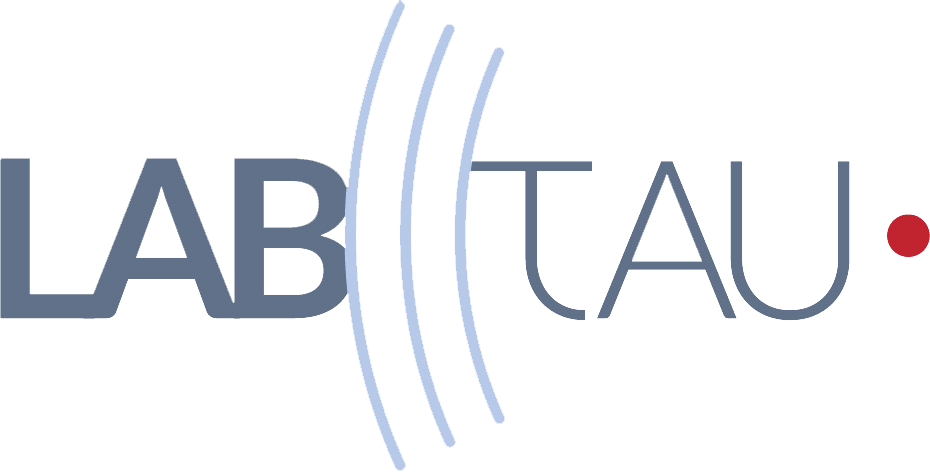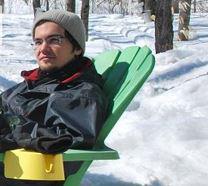LabTAU Seminar: Shear wave elastography: harder, better, faster, smaller
Author: Pol Grasland-Mongrain
Summary:
Shear waves have been first studied in sismology to probe Earth internal structure. Indeed, a shear wave is a type of mechanical wave with an interesting property: it propagates faster in a harder medium, and vice-versa.
The methods and algorithms developed by sismologists have then been adapted at a much smaller case: the human body. It lead to a biomedical technique, the shear wave elastography. This technique can measure elasticity of organs such as liver, prostate, or breast, through ultrasound imaging or MRI. During my research in the LabTAU in Lyon and in the LBUM in Montreal, I studied a way to induce shear waves using electromagnetic fields, in order to easier measure elasticity of organs in MRI.
Recently, shear wave elastography has also been used to map elasticity at a smaller scale using laser-based imaging methods, on the skin epidermis or the eye cornea for example. In this context, I demonstrated the ability of a laser beam to also induce shear waves at a precise location.
Two years ago, a collaboration between our two labs further decreased the size of the studied sample, at the single cell scale. It needed a fast acquisition, and we used a microscope with an ultrafast camera at 200 000 fps. A proof of concept was done on a mouse oocyte: the cellular sismology was born.
Time:11:00
Place:Salle de réunion du LabTAU 151 Cours Albert Thomas LYON





